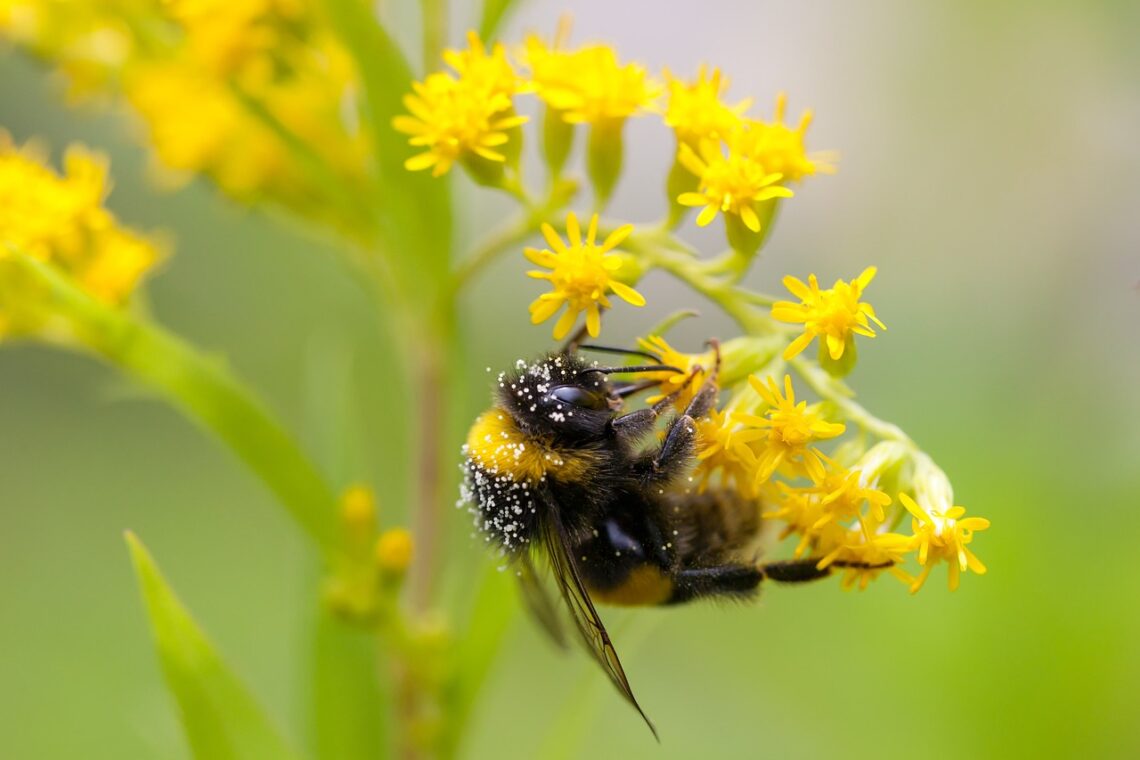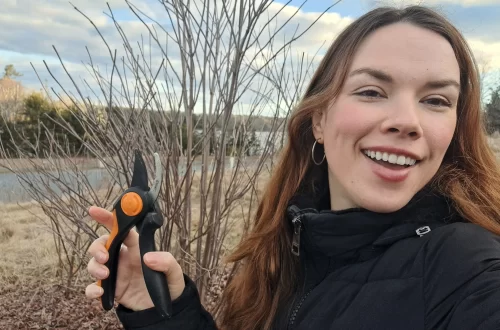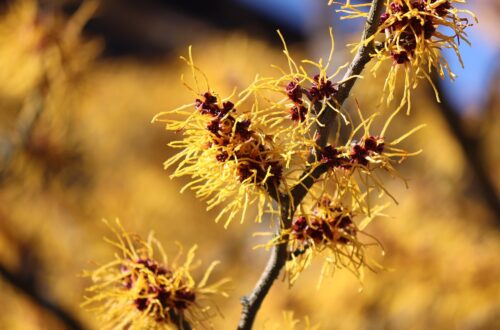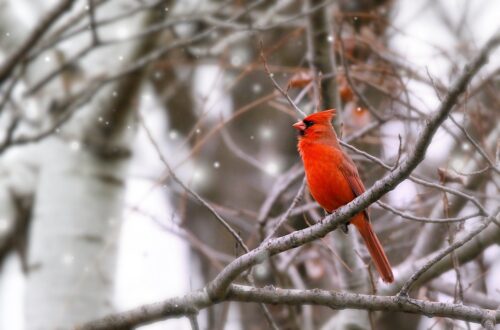Native plant gardening is one of my favorite things to talk about and I’ve noticed that the topic is catching on in other gardening circles too. But what exactly is the advantage of native plants and are native wildflowers actually worth all the hype? Stick around and learn some of the real world perks of growing native plants, plus tips on how to find and grow native perennial flowers and seeds.
Affiliate disclosure: As an Amazon Associate, I may earn commissions from qualifying purchases.
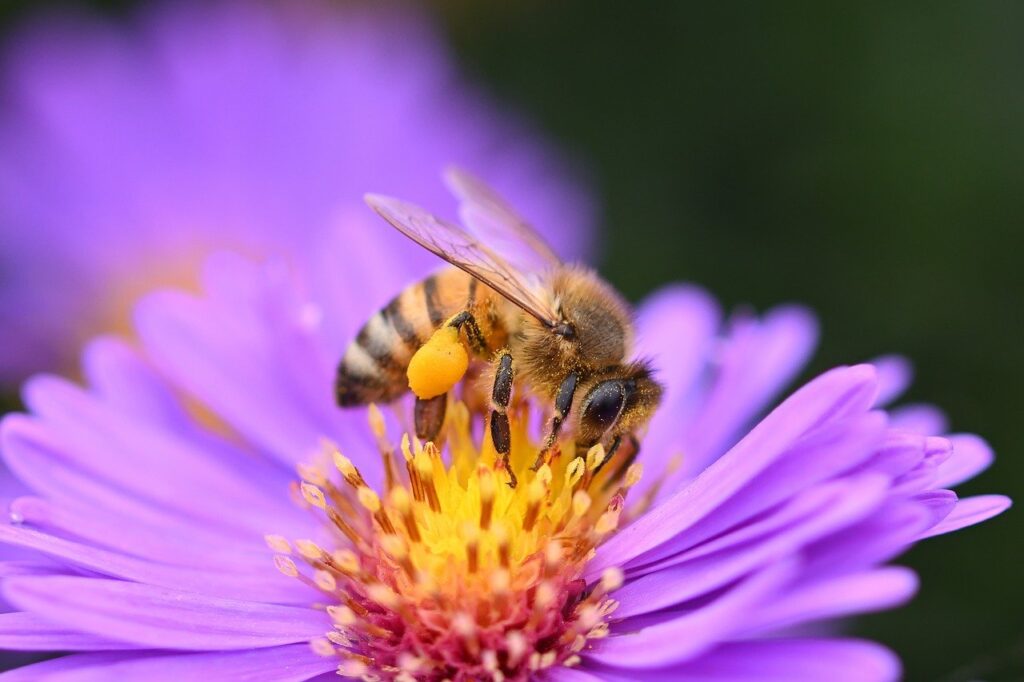
From the Experts: Native Planting as a Philosophy
– Barbara Acosta, Trenton Butterfly Gardens
“I have changed my gardening philosophy after learning about the benefits of native plants. I used to garden for what I thought looked pretty. Now I garden as a way of giving back to the earth. This is something each of us can do in our own backyards. We can make a difference when we plant native because native plants attract caterpillars, which in turn are essential food for birds. We can make a difference by increasing the population of pollinating insects that plants and food crops rely on. This is a beautiful thing not only because it looks pretty, but because it returns us into balance with nature.”
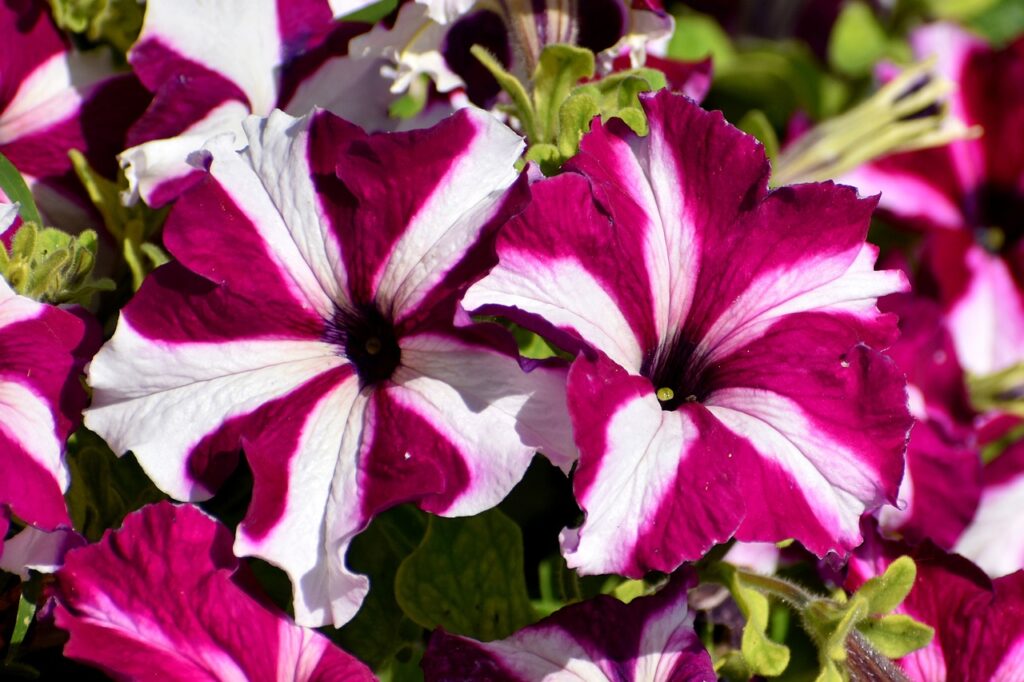
Native Plants vs. Non-Native Plants: What’s the Difference?
Native plants are the plants that are naturally found in your local growing region, while non-native plants have been brought in for edible, ornamental or some other use. Each unique growing region has its own specific native plants, which are perfectly adapted to the climate, weather patterns, soil structure and pests of that area. Native plants include flowers, foliage plants, trees, vines and shrubs and growers can find thorough, region-specific native plant lists on websites like the Xerces Society and Homegrown National Park.
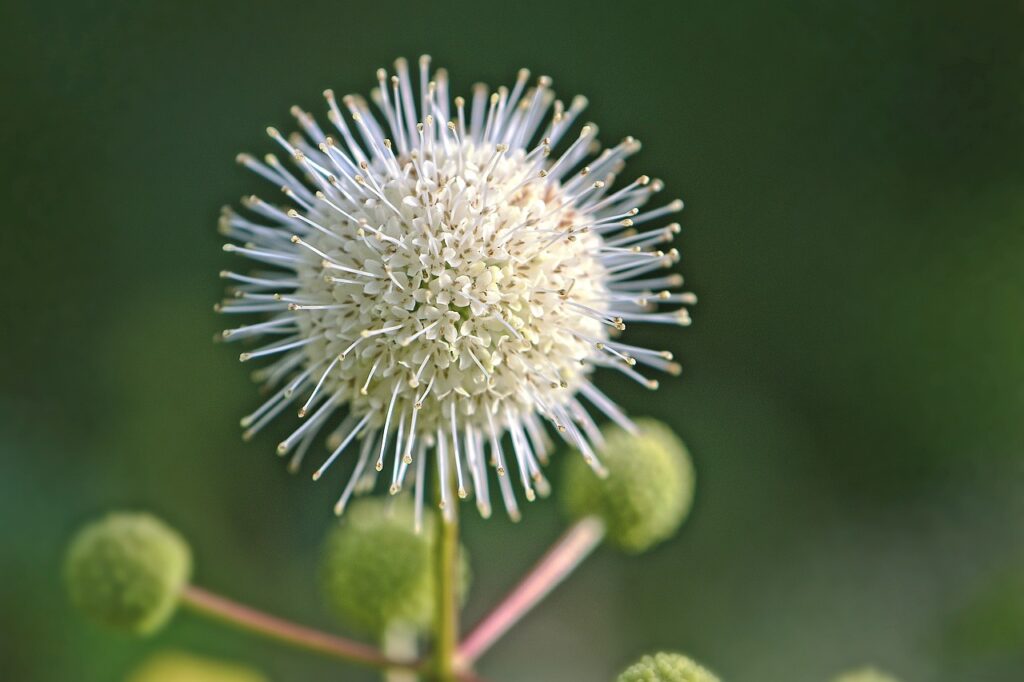
8 Native Plant Benefits You Should Know
Native plants are more than just a pretty (flower) face… they also offer a lot of distinct advantages over non-native plants. Not only do native plants reduce yard and garden maintenance, but they can also help you save on your gardening budget and help out wildlife too!
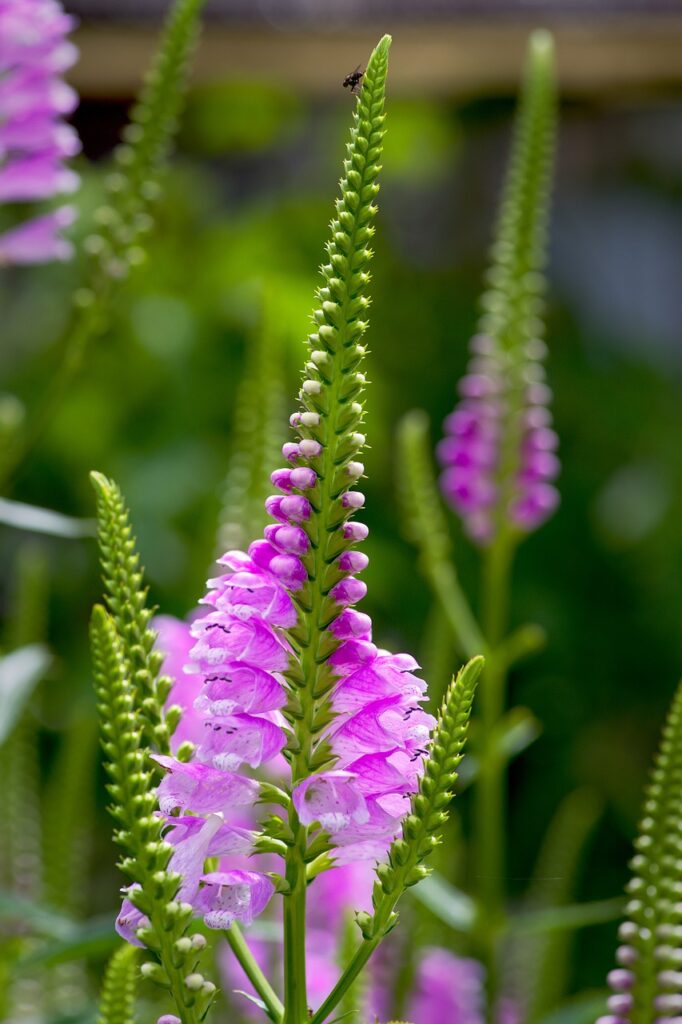
1. They’re pretty!
Petunias, marigolds and celosia have their charms, but native plants can be just as attractive (and potentially as flashy) as non-natives… AND they don’t require as much work. Because they haven’t been cultivated as extensively, native plants have a much wilder look, which is useful if you love a “natural” looking garden. But you can also find very colorful native plants with those big and bold colors you’ve come to expect from non-native flowers.
If you love brightly colored plants, try out natives like:
- Cardinal flowers
- Coral honeysuckle
- Red bush monkeyflower
If you like subtler shades, look for native plants like:
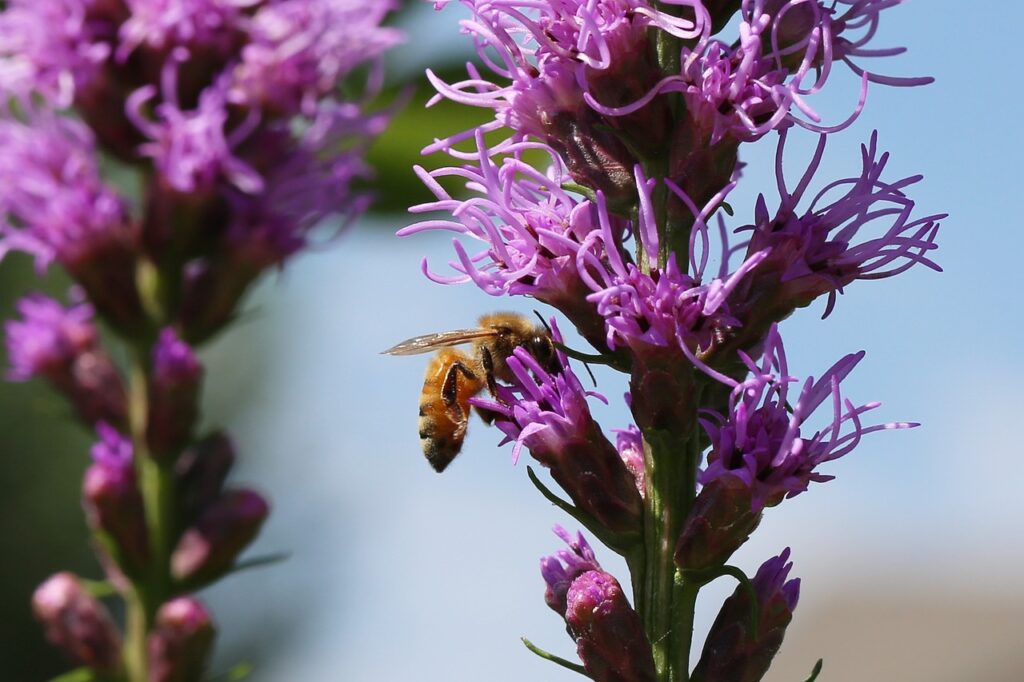
2. Pollinators love them.
Native plants and pollinators evolved side by side, so it’s no wonder why native plants are perfectly adapted to the needs of native pollinators. Studies have shown that pollinators are over 4 times more likely to recognize and visit native plants, while pollinators may not readily recognize non-natives as a food source. At a time when pollinator populations are declining, growing native plants is one of the best things you can do to support pollinators!
Pollinators, like miner bees and hummingbirds, flock to native plants in search of sweet nectar and pollen. But many pollinators also depend on natives as host plants for their young. Most famously, monarch butterflies ONLY lay their eggs on native milkweed, but there are lots of other beneficial native plant hosts, such as:
- Buttonbush – host to over 25 species of moths and butterflies.
- Pipevine – host to the pipevine swallowtail butterfly.
- Common violets – host to mining bees and fritillary butterflies.
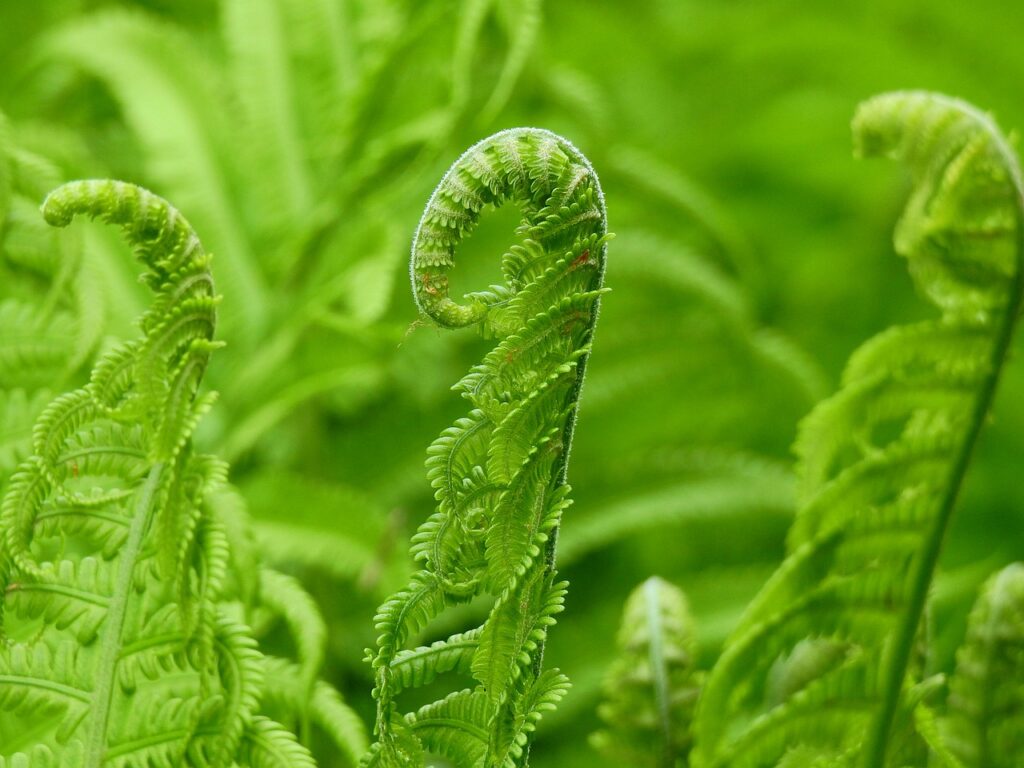
3. They reduce erosion.
Many native plants have deep root systems, which they use to access water deep in the soil and resist drought. But those deep roots also help to stabilize soils, capture water runoff and reduce flooding. Pretty impressive for little wildflowers that some may dismiss as “weeds!”
If you want to use native plants for erosion prevention, some plants with famously sturdy root systems include:
- Native grasses, like little bluestem
- Native ferns, like interrupted fern
- Running foamflower
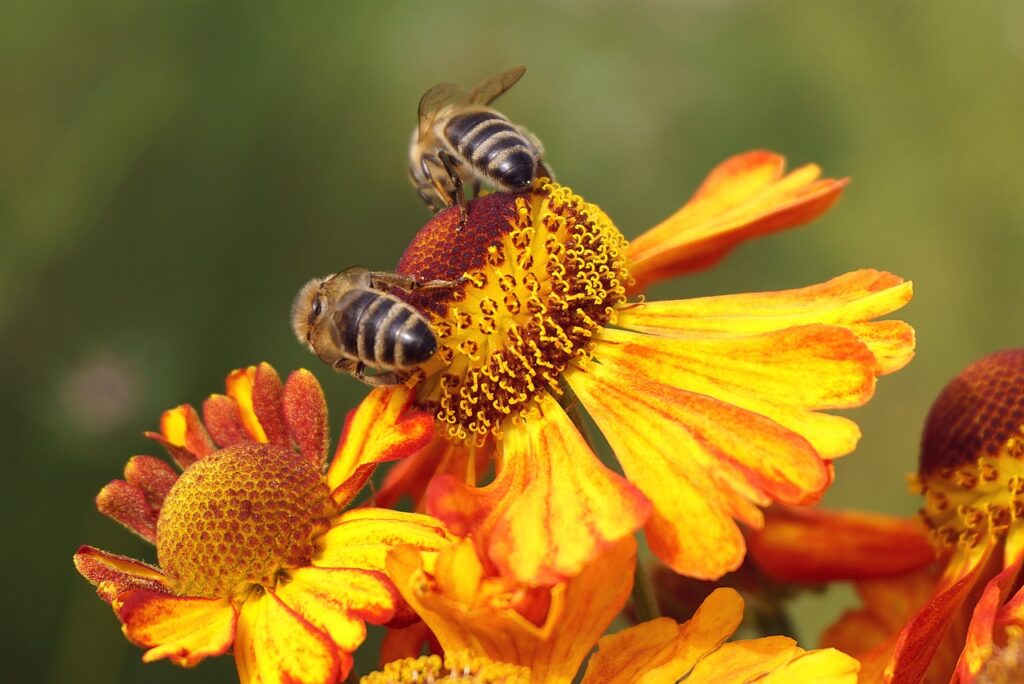
4. They’re low maintenance.
While native plant roots help stabilize slopes and reduce runoff, those deep roots also make native plants more resilient in times of drought. Because they can access water deep in the earth, native plants typically don’t need to be watered much. In fact, once native plants are established, many of them won’t need any supplemental watering!
But beyond all that, native plants are also perfectly adapted to your local soil conditions. As a result, native plants often don’t need to be fertilized AND if you do fertilize certain natives, they may develop floppy stems and not look as nice!
If you’re looking for native plants that need minimal-to-no water, some great options include:
- Adam’s needle
- Prickly pears
- Blanket flower
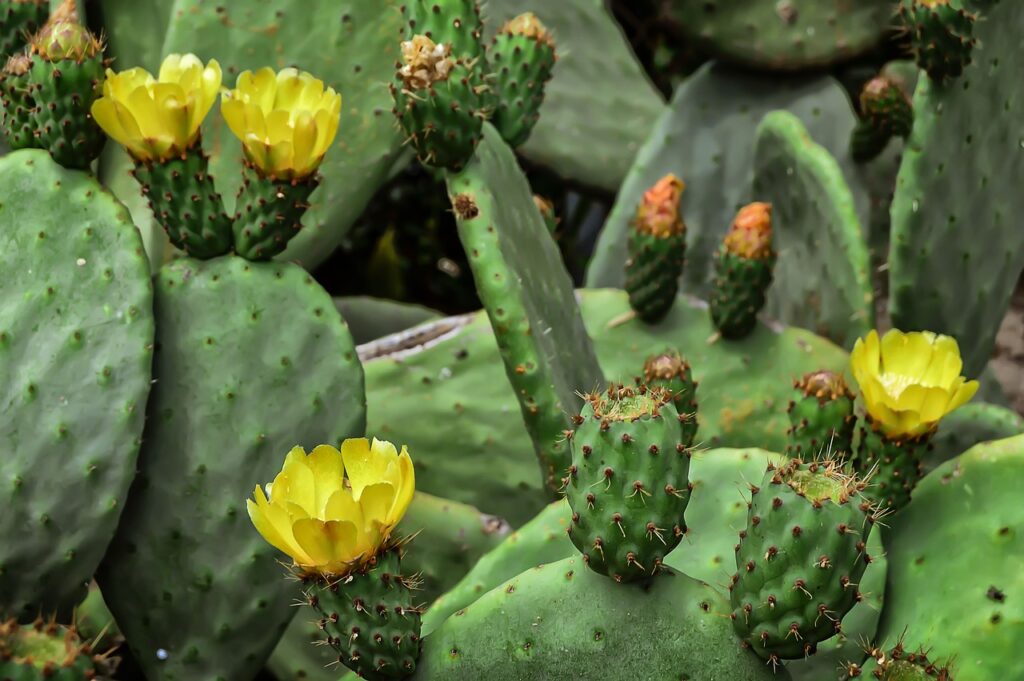
5. They’re resilient.
So… many native plants can resist drought? That’s pretty cool. But that’s not all!
Native plants also tend to be more resistant to pest insects because they’ve evolved side-by-side with common pests and have developed natural defensive strategies to keep insects from nibbling on them… such as leaves with unpleasant tastes. This naturally reduces the need for pesticides, which benefits pollinators and reduces the chances of pesticide run-off.
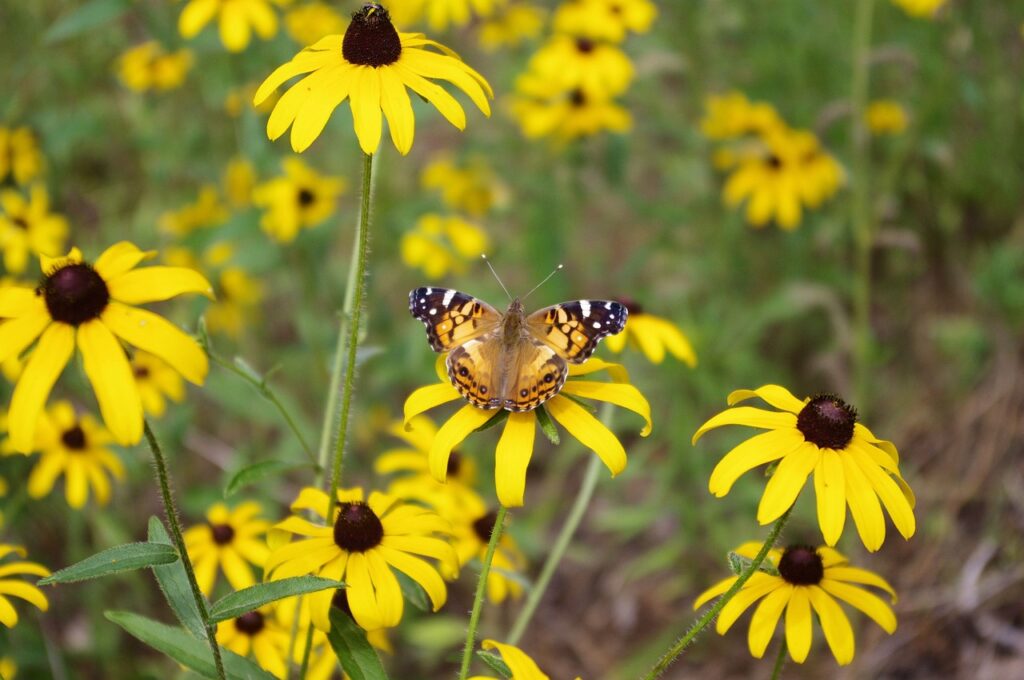
6. They’re good for the environment.
Native plants help out pollinators and reduce gardening work, but on a larger scale this translates into environmental benefits too. Because native plants don’t need as much water or other resources, they are ultimately less demanding to grow.
Native plants are also often grown locally, which means they won’t require much fuel to transport them around. Natives also don’t need to be mowed (unlike turf grass), which further reduces fuel waste. AND they’re better at sequestering carbon than non-natives.
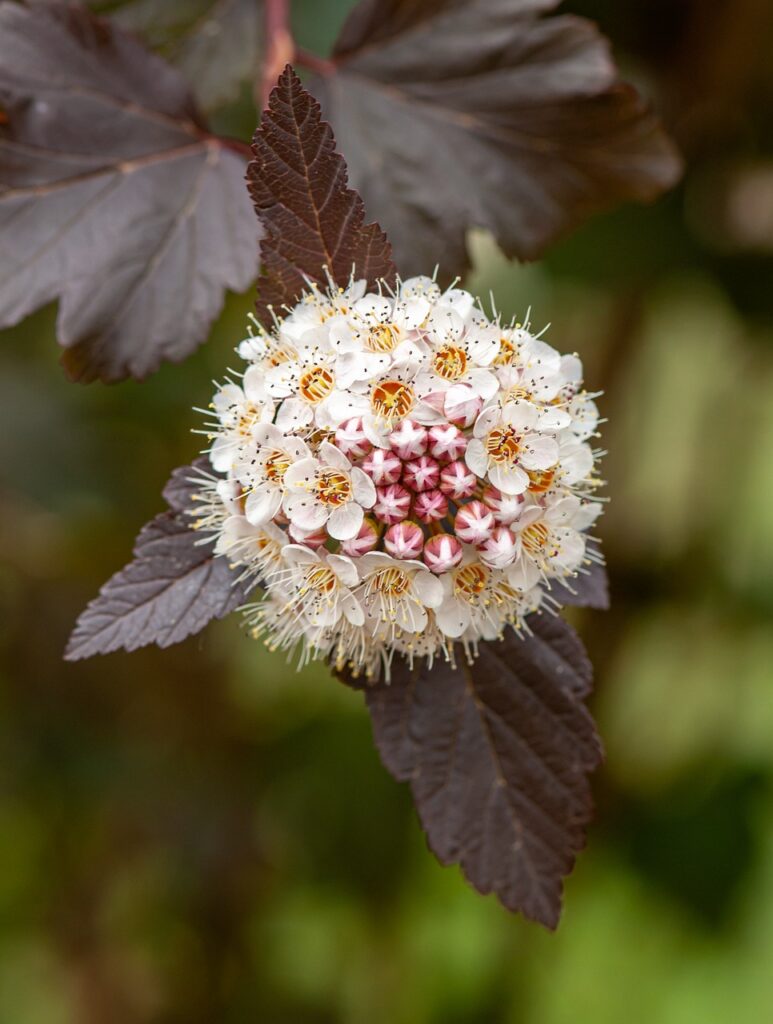
7. They can be budget friendly.
Many ornamental plants that are grown as annuals, like petunias, are actually perennials in their native growing zones. But when these plants are grown in cooler climates, they die back in winter and need to be replaced every spring. Buying new annuals each year can definitely get pricey; however, many native plants grow as perennials even in cold areas and never need replacing!
On top of that, native plants typically need less fertilizer and are naturally resistant to many pests, which allows gardeners to save on fertilizer and pesticide costs. At the outset, native plants may be a bit more expensive than non-natives, but they pay for themselves over time. You can also save money by growing native plants from seed or purchasing them from local native plant sales in spring or fall.
Some of the best cold hardy native plants for chilly gardens include:
- Winterberry holly
- Ninebark
- Asters
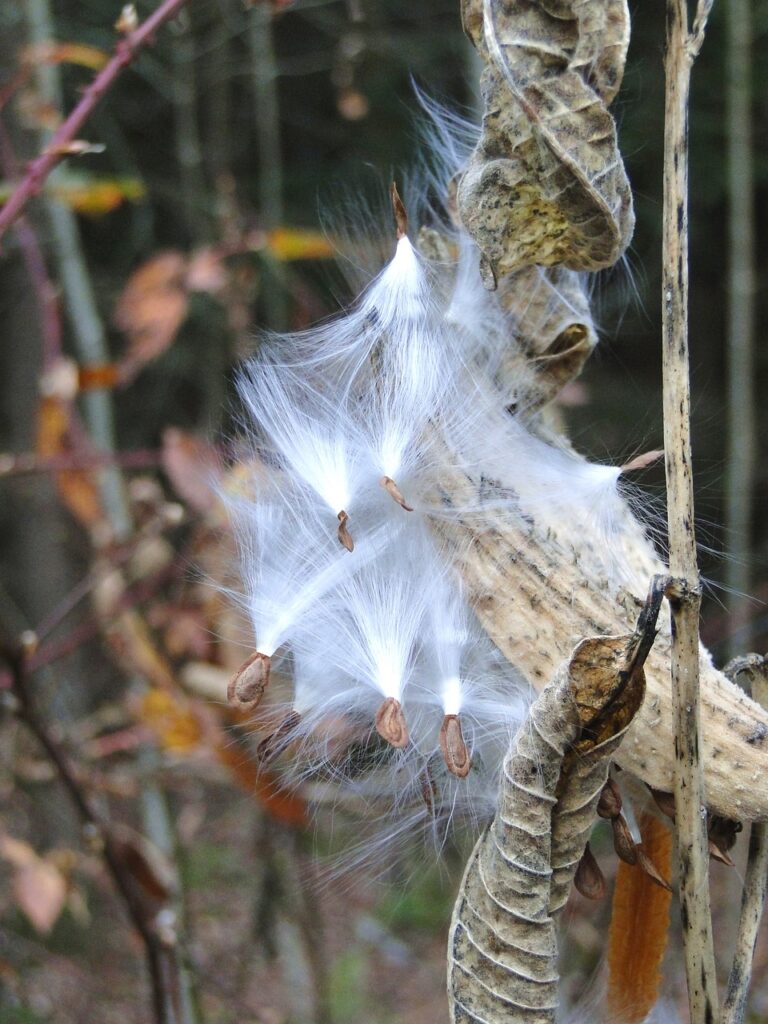
8. They build habitat.
Pollinators love native plants, but native plants benefit other wildlife too. Birds nibble on native plant seeds in fall, pollinators shelter in native plant leaves during the long winter months and many critters use native plants to build nests for their young.
Remember, native plants are part of a vital ecosystem, which connects plants, animals, insects and us. They boost biodiversity, add a delightful amount of “wildness” to our gardens and connect our yards to the environment around us. If you want to see more wildlife in your garden, the best thing you can do is grow native plants!
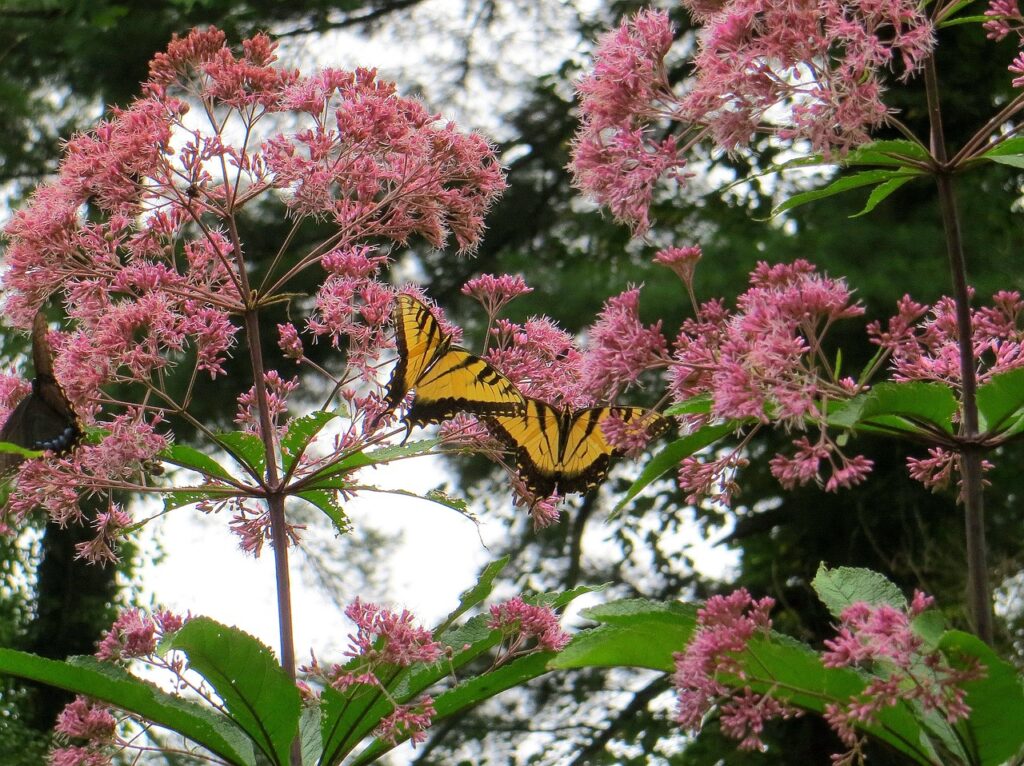
Where to Buy Native Wildflower Seeds and Plants?
One question I get asked a lot is where to buy native plant seeds and wildflowers. The answer is: it depends on where you live and the plants you’re looking for.
Some websites that I often recommend include (not sponsored!):
I also recommend checking out social media and local event calendars and looking for native plant sales and swaps. These often occur in fall or spring, but they may take place at other times of the year too.
You may also want to do an internet search for your local growing area and see if there are any nearby nurseries that specialize in native plants. Buying plants locally will cut down on transportation costs, AND you’ll be able to ask nursery workers for planting tips!
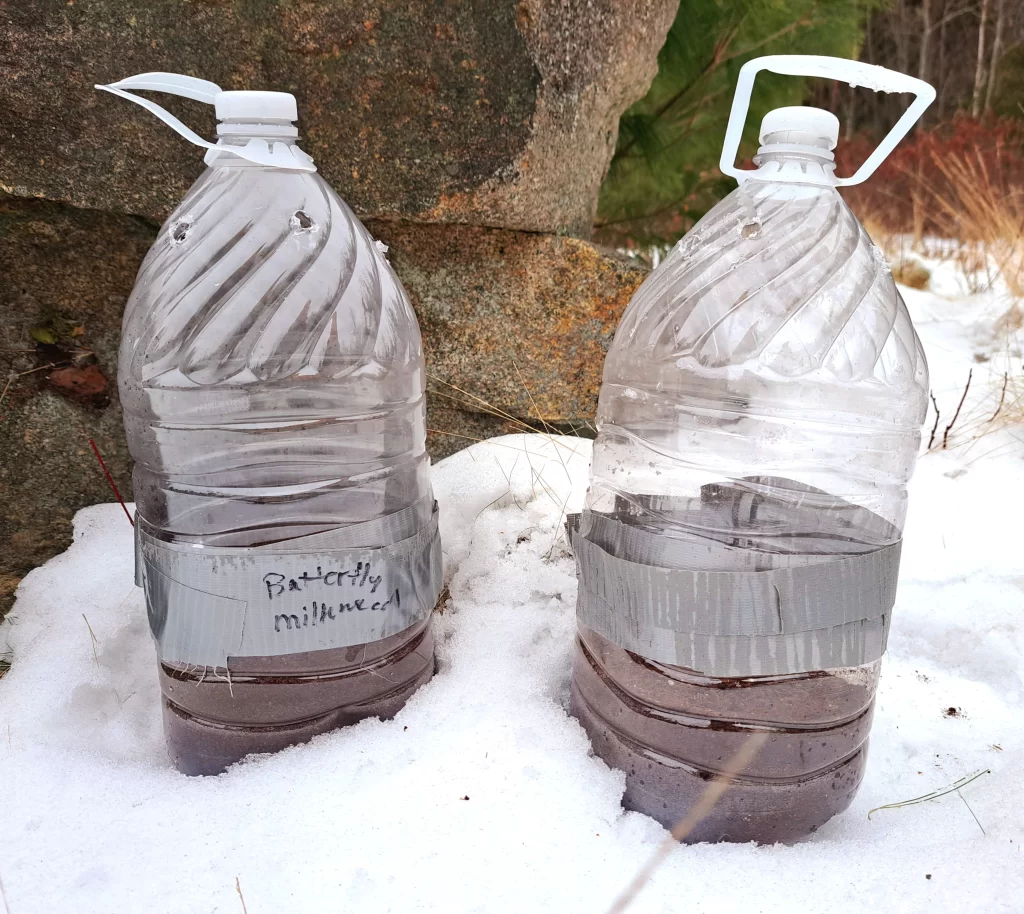
When to Plant Native Plants?
Native plants are typically planted in either spring or fall, but be sure to do a bit of research on the types of plants you’d like to grow before you start planting. Natives will also have different planting needs depending on whether you’re growing them from seeds or nursery starts.
Nursery starts:
For spring plantings, wait until after your last frost date to plant natives (unless specific planting instructions say otherwise).
For fall plantings, aim to get your native plants in the ground at least 4 to 6 weeks before frost is expected so plants will have enough time to root before frost strikes.
Seeds:
Native wildflowers seeds are generally planted in either fall or spring with one caveat: plants that are native to cold areas often require cold stratification to germinate. You can either cold stratify seeds by planting them outdoors in fall (after the ground freezes), starting them outdoors in winter in milk jugs, or starting them indoors in your fridge in spring!
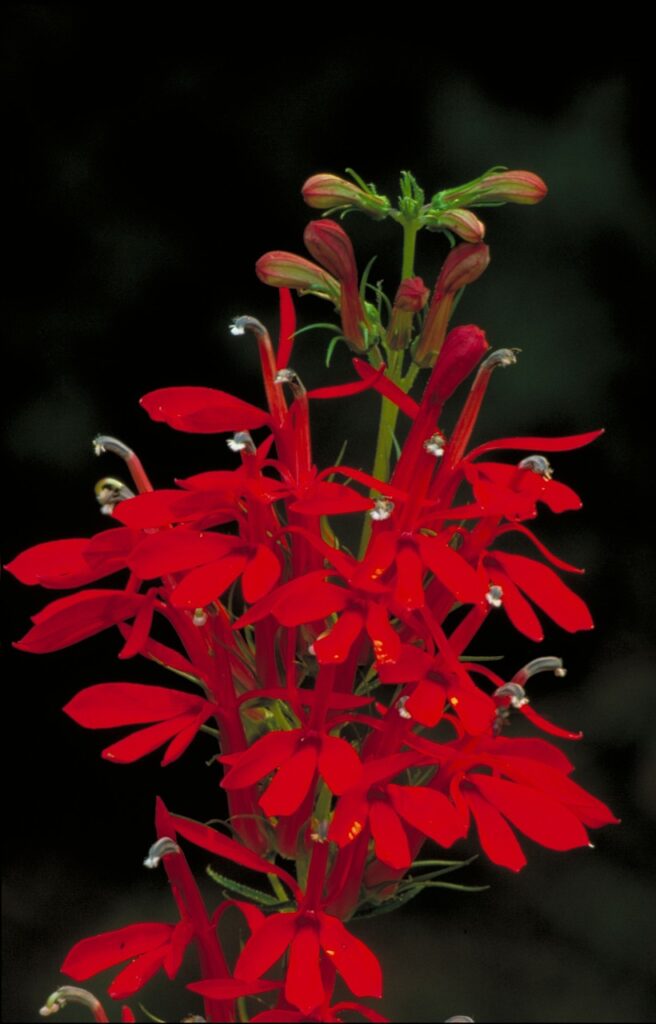
Where to Plant Native Plants?
One of the many beautiful things about native plants is that you can find a native plant to suit any growing condition. Some natives love shade, some love sun, some tolerate soggy soil and others like dry, arid spaces. By searching around, you can find a native plant to suit your exact growing needs!
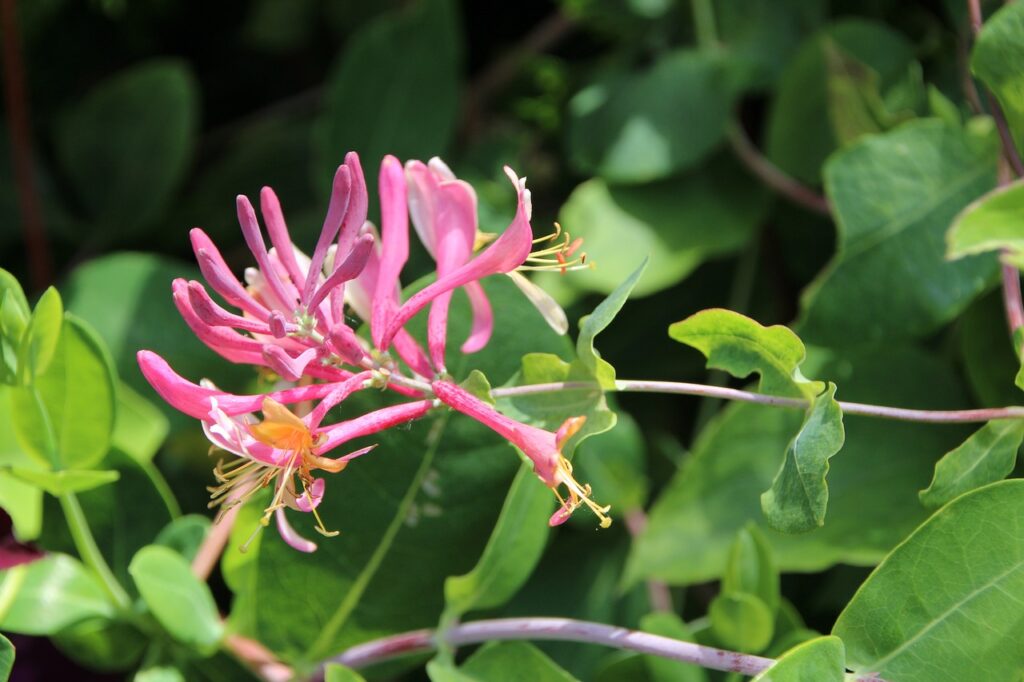
Frequently Asked Questions About Designing a Native Garden
Can native plants be invasive?
By definition, native plants cannot be invasive as the term “invasive plants” refers to non-native or “exotic” plants that grow aggressively. However, some native plants can and do grow aggressively too, which can cause issues if they’re left unchecked. To avoid problems, make sure to do a bit of research on each plant you want to add to your garden before planting!
What native plants attract birds?
Seed-bearing plants, like coneflowers and black-eyed Susans, are particularly attractive to birds like finches. Fruit-bearing plants, like hawthorns and chokecherries, will lure in berry-eating birds like cedar waxwings.
What native plants attract bees?
Growing natives that bloom at different times of the year is the best way to attract native bees and honeybees to your garden. Some popular native plant options include asters, goldenrod, Joe Pye weed and bee balm.
What native plants attract butterflies?
Butterflies love nectar-rich flowers, like liatris, obedient plant and ironweed. However, if you want to create a butterfly habitat garden, it’s also important to include host plants like milkweed in your landscape!
